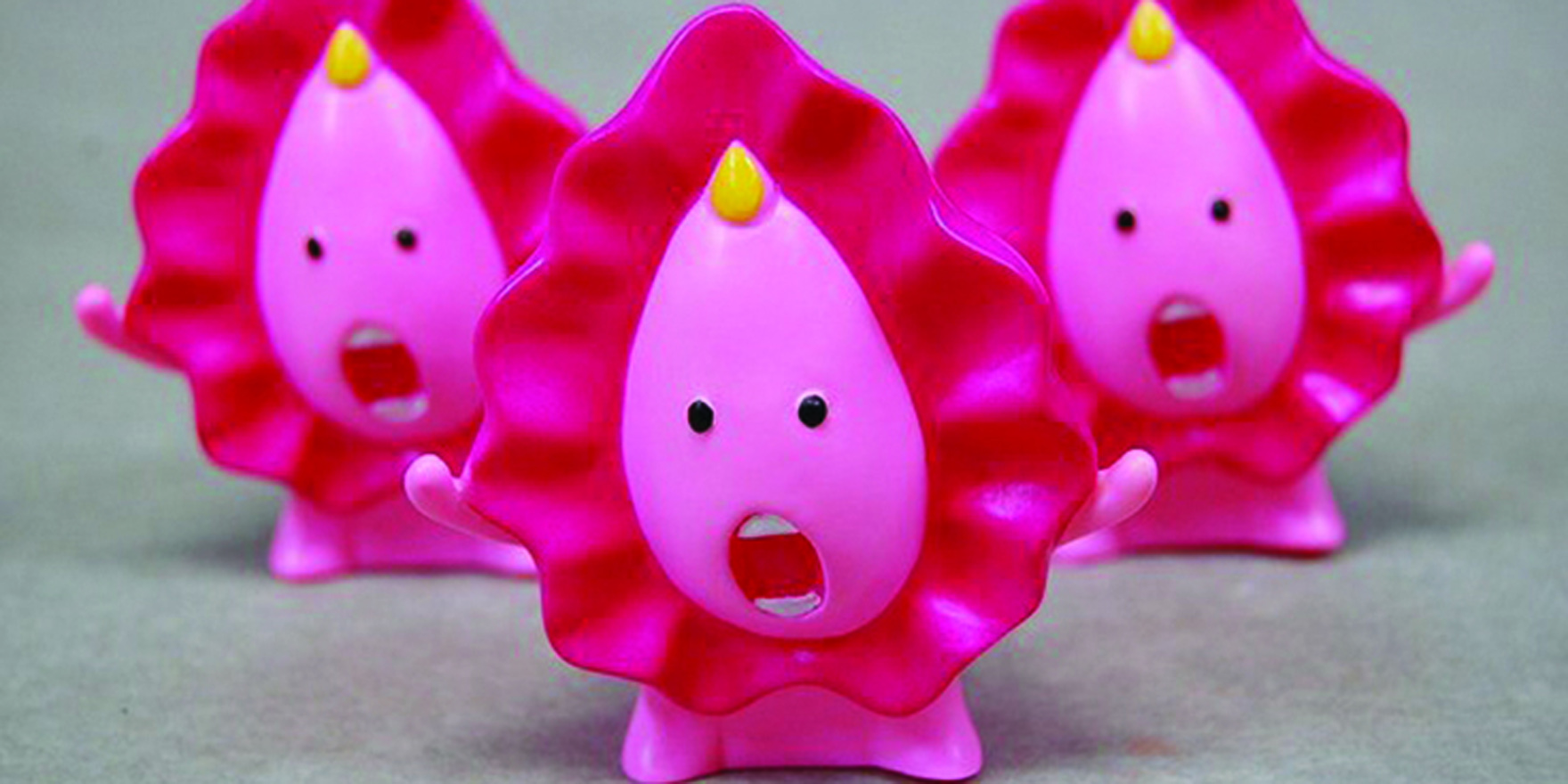Guidelines for managing menopause now support the use of topical oestrogens for genitourinary atrophy
Vulvovaginal symptoms (genitourinary syndrome of menopause) affect around 50% of peri- and postmenopausal women. 1 These include dryness, itching, and dyspareunia.2,3
Unlike vasomotor symptoms, genitourinary symptoms do not improve, and will often progress, over time.
The impact of the vulvovaginal symptoms on interpersonal relationships, sexual function and quality of life can be significant, but they are often underestimated, underreported and undertreated.4
Genitourinary syndrome of menopause is largely caused by the reduction of oestrogen after menopause. Adequate levels of oestrogen are required to maintain tissue integrity and to keep vaginal walls thick and elastic. The reduction in oestrogen causes the vaginal environment to become drier and more alkaline, increasing the susceptibility to urinary tract infections,5 and urination may become more difficult to control as pelvic floor muscles deteriorate. The clitoral hood and labia majora can contract, leading to chafing of newly-exposed tissue.6
Genitourinary syndrome of menopause can be relieved by systemic menopausal hormone therapy, but may be better treated with topical oestrogen preparations in women who find the vulvovaginal symptoms the most bothersome of their menopause-related health issues.
The International Menopause Society has recently reviewed its guidelines for managing menopause, incorporating considerable data to support the use of topical oestrogens for genitourinary atrophy.7
Topical oestrogen therapy does not appear to carry the same risks as systemic menopausal hormone therapy and does not require the use of a progestogen to protect the endometrium against hyperplasia. However, a small amount of systemic absorption is a possibility; therefore, it is important to consult with a specialist when treating menopausal women with contraindications to menopausal hormone therapy, for example after treatment for breast cancer.
Patients who have had breast cancer should use non-hormonal moisturisers as their first-line treatment, and specialist opinion should be sought for those whose symptoms persist.
Topical oestrogens should be inserted in the lower anterior vagina, to maximise the effect on the vulva, urethra and clitoral areas and to minimise uterine exposure. Some oestrogen cream should also be placed on a finger and smeared onto the vulval skin.8
Vaginal moisturisers can be used to minimise discomfort during sexual activity, and vulval dryness may respond to soap-free washes and moisturisers. Natural oils (such as sweet almond, avocado, coconut or olive oil) can provide effective relief of dyspareunia, but caution is required as they may also cause weakening and breakage of condoms.10
Other products may relieve itching and dryness, but are not recommended as they can cause contact dermatitis; these include tea-tree oil, paw-paw ointment and some combination of local anaesthetic and disinfectant products.
Vaginal oestrogen for genitourinary syndrome of menopause may relieve the symptoms,9 but is only effective for the duration of treatment. Any vaginal bleeding during treatment must be investigated, as must all cases of post-menopausal vaginal bleeding, to exclude gynaecological malignancy.
Dr Elina Safro is Medical Education Coordinator for Family Planning NSW
References:
1. Lev-Sagie, A. Vulvar and Vaginal Atrophy: Physiology, Clinical Presentation, and Treatment Considerations. Clin Obstet Gynecol. 2015 Sep; 58(3):476-91.
2. Altman A. Postmenopausal dyspareunia—a problem for the 21st century. OBG Management. 2009;3(21):37 – 44.
3. Foran T. Managing menopausal symptoms. Australian Prescriber. 2010;33:171 – 5.
4. Edwards, D. and Panay, N. Treating vulvovaginal atrophy/genitourinary syndrome of menopause: how important is vaginal lubricant and moisturizer composition. Climacteric. 2016 Mar 3; 19(2): 151–161.
5. Raz R. Postmenopausal women with recurrent UTI. International Journal of Antimicrobial Agents. 2001;17(4):269- 71
6. Portman DJ, Gass ML. Genitourinary Syndrome of Menopause: New Terminology for Vulvovaginal Atrophy from the International Society for the Study of Women’s Sexual Health and The North American Menopause Society. Journal of The Sexual Medicine. 2014.
7. de Villiers TJ, Hall JE, Pinkerton JV, Perez SC, Rees M, Yang C, et al. Revised global consensus statement on menopausal hormone therapy. Climacteric 2016 Aug; 19(4): 313-15
8. Eden Vaginal Atrophy and Sexual Function. Expert Monograph Issue 15 2017 www.healthed.com.au
9. Rahn DD, Carberry C, Sanses TV, Mamik MM, Ward RM, Meriwether KV, et al. Vaginal estrogen for genitourinary syndrome of menopause: a systematic review. Obstetrics and gynecology. 2014;124(6):1147-56
10. Reproductive and Sexual Health An Australian Clinical Practice Handbook 3rd edition, family Planning NSW 2017


